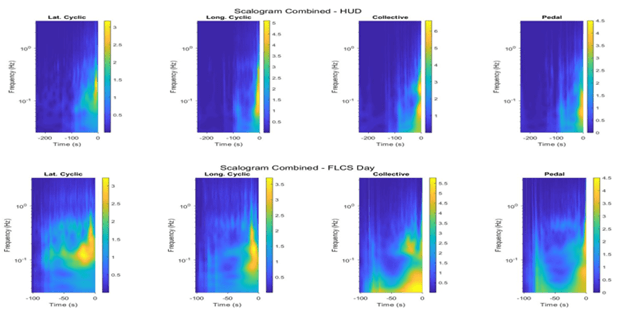Teams tend to be high-performing when they have an accurate shared mental model. A shared mental model (SMM) is the understanding of the exterior world, as well as who within a team has both the ability to perform certain tasks as well as the responsibility to see that they are performed correctly. It incorporates understanding bout who […]
Investigation of Critical Attributes for Transparency and Operator Performance in Human Autonomy Teaming (TOPHAT) for Intelligent Mission Planning


